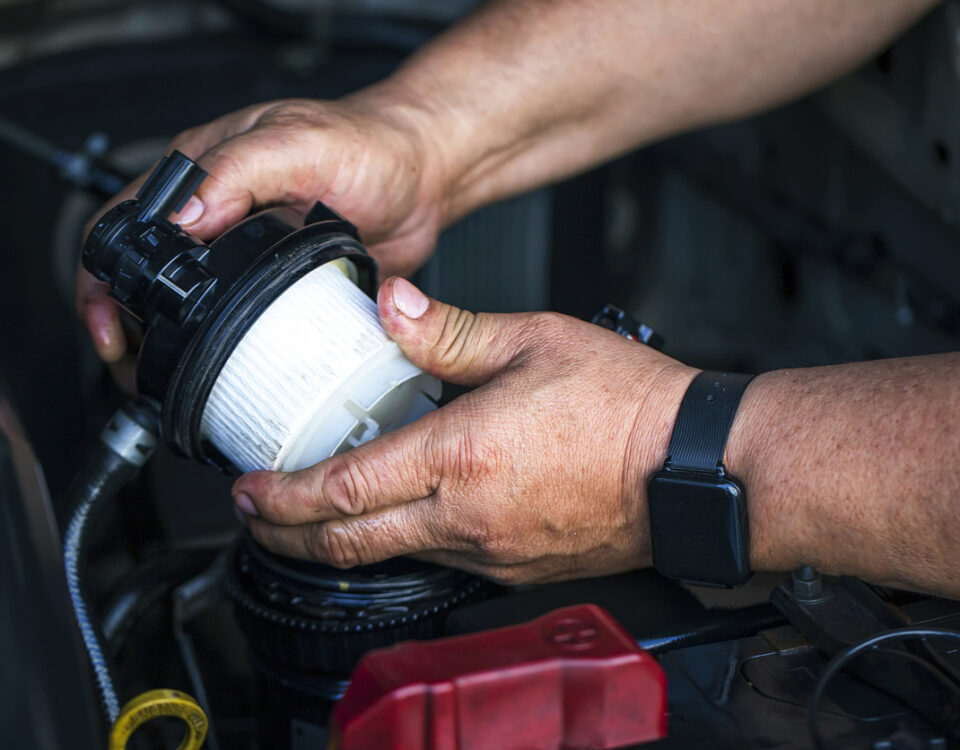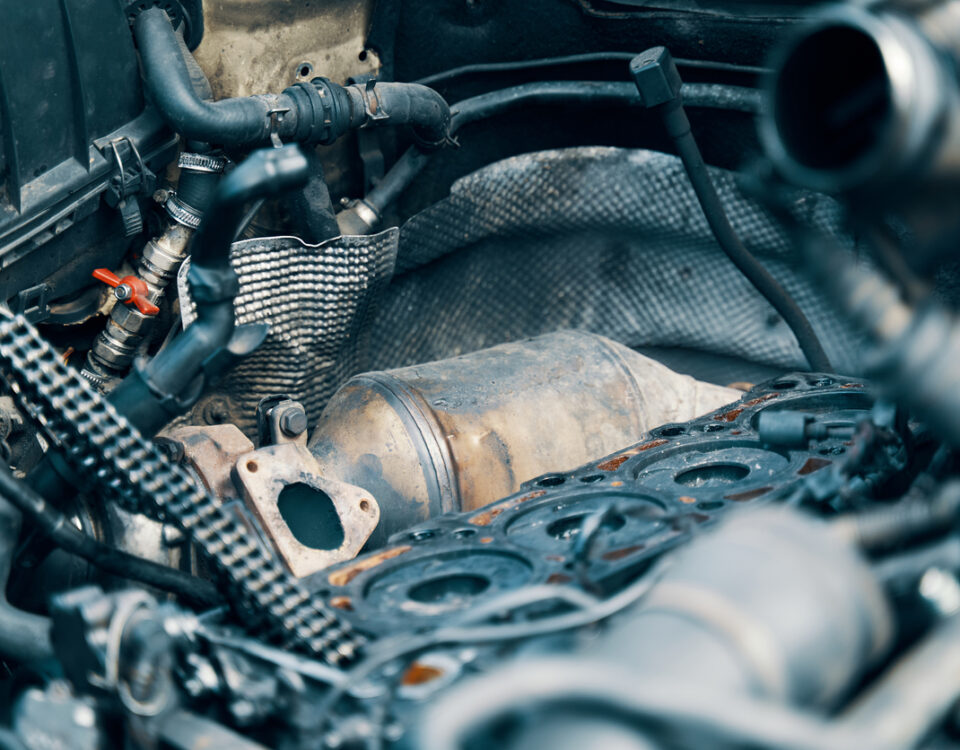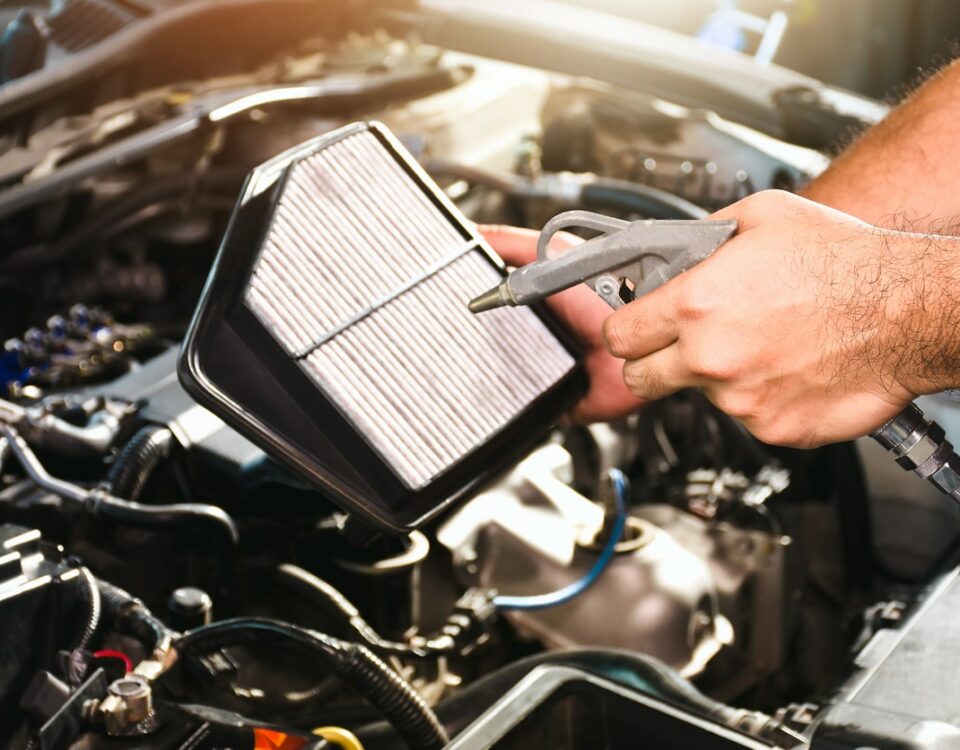How to Clean Fuel Injectors without Removing Them
As your car gets older, muck will begin to build up in your engine and begin to affect its performance.
From carbon deposits clogging up your exhaust to clogged fuel injectors, these are inevitable issues that require regular care and maintenance.
However, most people don’t have the tools or technical know-how to remove and clean engine parts, so we’ve prepared this guide on cleaning fuel injectors without having to remove them.
One of the most common issues in older cars is the fuel injectors getting clogged with carbon deposits, which will cause you to use more petrol and get worse mileage. Most mechanics recommend cleaning your injectors every 30,000 miles, so this is an essential part of long-term maintenance, though you may not have to worry about it for some time.
Still, we highly recommend staying on top of maintenance and booking your car for a DPF cleaning service UK long before you hit 30,000 miles to avoid carbon buildup in your engine. If you’re trying to watch your money, it is possible to clean fuel injectors yourself, though you’ll need some specialist tools to clean them without the hassle of removing and reinstalling them.
How To Clean Fuel Injectors Without Removing Them
Cleaning fuel injectors are no easy task, but you can do it yourself if you are dead on avoiding mechanic costs. To get started, make sure that you have the following tools and equipment:
- Fuel injector cleaning kit
- Fuel cleaning products
- Air compressor
- Wrench set
Next, make sure you’re working in a well-ventilated area (as you’ll be using solvents) with clear access to your tools. Your car engine should be completely cool, and you should be wearing long trousers and sleeves to protect your skin from any burns before starting the cleaning process with these steps:
1. Locate the fuel rail on the fuel injector
The fuel rail supplies the fuel injectors with fuel and is one of the most important parts of your fuel injector system. However, the location of the fuel rail can vary greatly between cars, so you may have to dig out your car manual to find them.
2. Disconnect the fuel rail
Once you’ve found the fuel rail(s) on the fuel injectors, you need to disconnect them from the injectors, taking care not to damage the rail or leak any fuel. After disconnecting the fuel rail, there should be an exposed hose that you can later connect to the fuel injector cleaning tool.
3. Fill the fuel injector cleaning tool with a cleaning solution
Now that you’ve found and disconnected your fuel injector, it’s time to clean it: Remove the cap of your fuel injector cleaning tool and add your chosen cleaning solution, making sure to fill it all the way to the top.
4. Attach the cleaning tool to your bonnet
The fuel injector cleaning tool should be placed above the engine before turning it on for the best results. If possible, hang the cleaning tool from your bonnet using the hook, as this allows you to monitor the tool and your engine easily.
5. Connect the outlet pipe to the fuel rail
Now that the fuel injector cleaning tool is set up, connect the outlet pipe of the tool to your fuel rail using the appropriate connector attachment. Most fuel injector attachments come with a variety of connectors, so if you’re unsure of which to pick, try a few to find the right fit for your fuel pipe.
6. Remove the fuel pump relay from the fuse box
Open your car’s fuse box and remove the fuel pump relay to deactivate the fuel pump so that it won’t send any fuel to the engine while you clean your fuel injector. Again, consult the manufacturer’s manual if you’re unsure of which relay controls the fuel pump, as most relays look the same to the untrained eye.
7. Connect the air compressor to the cleaning tool
Next, you need to push the cleaning fluid through your fuel injectors using air pressure, so get your air compressor set up and connected to power. Connect your air compressor to the air inlet pipe of the fuel injector cleaning tool and set the PSI (Pounds per Square Inch, a measure of air pressure) somewhere around 40-50 PSI.
8. Start your vehicle
Start your engine and keep it running until all the cleaning fluid in the fuel injector cleaning tool has passed through your fuel hose and fuel injectors. When the cleaner has run out of cleaning fluid, turn off your car, deactivate the air compressor and disconnect the cleaning tool from your fuel rail.
9. Reconnect your fuel pump relay and fuel rail hose
Wait for your engine to cool down so you don’t get burned, then replace the fuel pump relay in your fuse box and reconnect the fuel rail hose to your fuel injectors. Your fuel injectors should be lovely and clean if you’ve followed these instructions correctly!
What Are The Most Common Signs Of Bad Fuel Injectors
Now that you know how to clean fuel injectors, you should learn the signs of fuel injectors that are damaged or clogged up with carbon deposits and in need of a DPF cleaning service. Here are 6 common signs that indicate faulty fuel injectors, so make sure to stay on the lookout for these symptoms on your next car ride before your fuel injectors fail:
1. Engine shaking
Clogged fuel injectors will be unable to consistently supply fuel to your engine, resulting in a jerky or shaky engine idle. Engine shaking is also a sign of misfiring, so you should have your car checked out if you notice the engine rattling or shaking.
2. Lack of power
Faulty fuel injectors can cause your cylinders to misfire by affecting the fuel-oxygen rations and creating a lean (low fuel, high oxygen) environment within the cylinder. This results in less power when accelerating and at higher speeds, causing premature wear on your engine parts.
3. White smoke coming out of the exhaust
Usually, white exhaust smoke is caused by a fuel injector being stuck open and injecting excessive fuel into your engine, resulting in poor mileage and engine issues. White smoke coming out of your exhaust pipe is a sign of something seriously wrong with your engine and should be checked out as soon as possible, though it can often be resolved with a simple DPF cleaning service.
4. Hard starting
If one or more fuel injectors are completely clogged, it can cause difficulties starting your engine, so you should check your fuel injectors if you notice this sign. Unfortunately, if your fuel injectors are clogged enough to cause hard starting issues, you’re better off replacing them.
5. Vehicle not starting at all
If one or more of your fuel injectors are stuck open, they can inject excessive fuel into your engine to the extent that it shorts out your shock plug(s). When your spark plugs get soaked in fuel, they may become completely unable to ignite the fuel, making your engine completely unable to start.
6. Bad catalytic converter or oxygen sensor
If you’ve noticed issues with your catalytic converter or oxygen sensor, this may be caused by excess fuel in your engine from faulty fuel injectors. However, this type of damage requires long exposure to excess fuel, so it may be a sign of longstanding fuel injector issues that require expensive repairs.
Frequently Asked Questions
Do fuel injectors need to be cleaned?
You should clean your fuel injectors every 30,000 miles or so – depending on the condition of your vehicle – to keep them in good working order. Failure to clean your fuel injectors regularly can result in the engine issues discussed above, so make sure to maintain your fuel injectors with regular cleaning or DPF cleaning services in the UK.
Can you just replace one fuel injector?
Technically, you can replace a faulty fuel injector and leave the others, but this is not recommended, as varying levels of wear and effectiveness can cause your engine to run unevenly. If one of your fuel injectors requires a replacement, you should get a whole new set for the best results.



